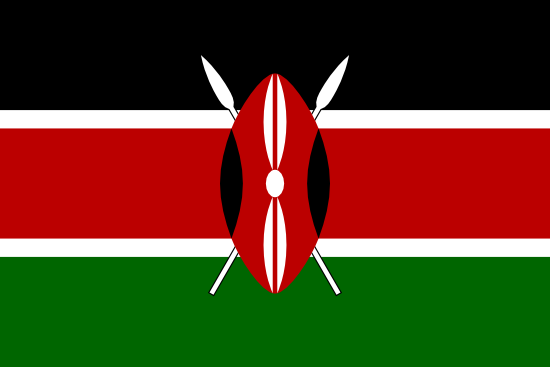Biodiversity conservation in Kenya involves collaboration between government agencies, non-governmental organizations (NGOs), and various non-state actors. Here are some key partner institutions involved in biodiversity conservation in Kenya:
-
Kenya Wildlife Service (KWS):
- KWS is the government agency responsible for the conservation and management of wildlife and protected areas in Kenya.
- They play a central role in enforcing wildlife laws and regulations, anti-poaching efforts, and habitat protection.
-
Ministry of Environment and Forestry:
- This government ministry is responsible for the overall environmental policy and coordination of conservation efforts in Kenya.
-
National Museums of Kenya:
- This institution is involved in research, education, and conservation efforts related to Kenya's cultural and natural heritage, including biodiversity.
-
Kenya Forest Service (KFS):
- KFS manages Kenya's forest resources and plays a critical role in forest conservation and restoration efforts.
-
Non-Governmental Organizations (NGOs):
- Numerous NGOs are actively involved in biodiversity conservation in Kenya. Some prominent ones include:
- Kenya Wildlife Trust: Focuses on conserving Kenya's wildlife and habitats.
- African Wildlife Foundation (AWF): Works on wildlife conservation, community engagement, and habitat protection.
- Nature Kenya (The East Africa Natural History Society): Promotes the conservation of birds, other wildlife, and their habitats.
- Wildlife Conservation Society (WCS): Works to protect wildlife and their habitats in Kenya.
- Numerous NGOs are actively involved in biodiversity conservation in Kenya. Some prominent ones include:
-
Community-Based Organizations (CBOs):
- Local CBOs often collaborate with government agencies and NGOs to implement conservation initiatives at the community level. They may engage in activities like sustainable resource management and community education.
-
International Conservation Partners:
- Kenya collaborates with international organizations and donors on various biodiversity conservation projects. These can include institutions like the United Nations Environment Programme (UNEP), the World Wildlife Fund (WWF), and the Global Environment Facility (GEF).
-
Research Institutions and Universities:
- Academic institutions in Kenya, such as the University of Nairobi, Kenyatta University, and others, conduct research on biodiversity and provide expertise in conservation efforts.
-
Private Sector and Industry Partners:
- Some businesses and industries in Kenya are involved in corporate social responsibility initiatives related to conservation or engage in sustainable practices to minimize their environmental impact.
-
Conservancies and Private Landowners:
- Many conservancies and private landowners dedicate their land to wildlife conservation and ecotourism, contributing to the protection of biodiversity in Kenya.
-
Local and International Foundations:
- Various foundations provide funding and support for biodiversity conservation projects in Kenya, including the East African Wild Life Society and the Darwin Initiative.
Collaboration among these diverse partner institutions is essential for the effective conservation of Kenya's rich biodiversity, which includes iconic species like lions, elephants, and rhinos, as well as unique ecosystems like the Maasai Mara and the Great Rift Valley.
